The True Story of a Mouse Who Never Asked for It

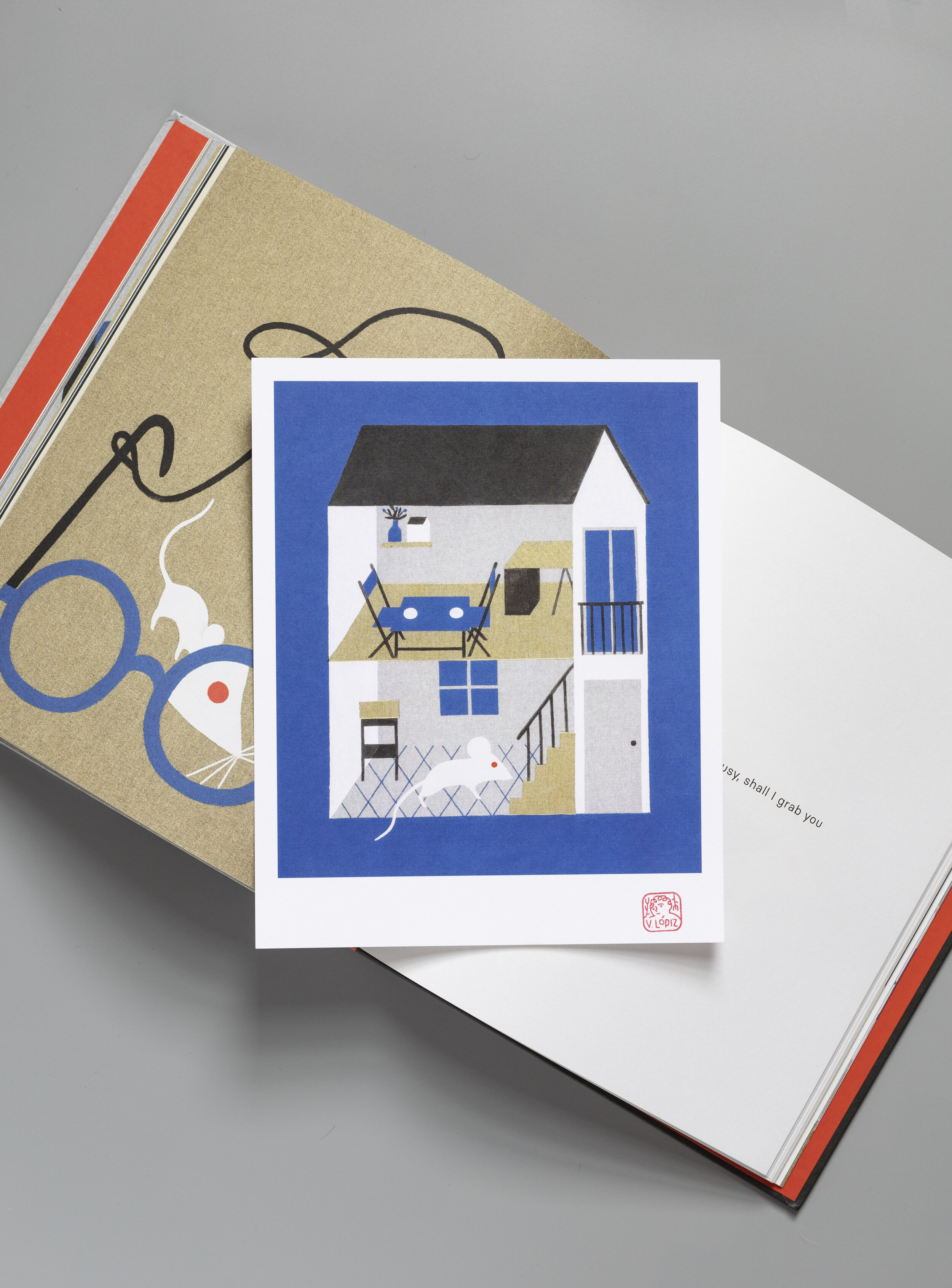
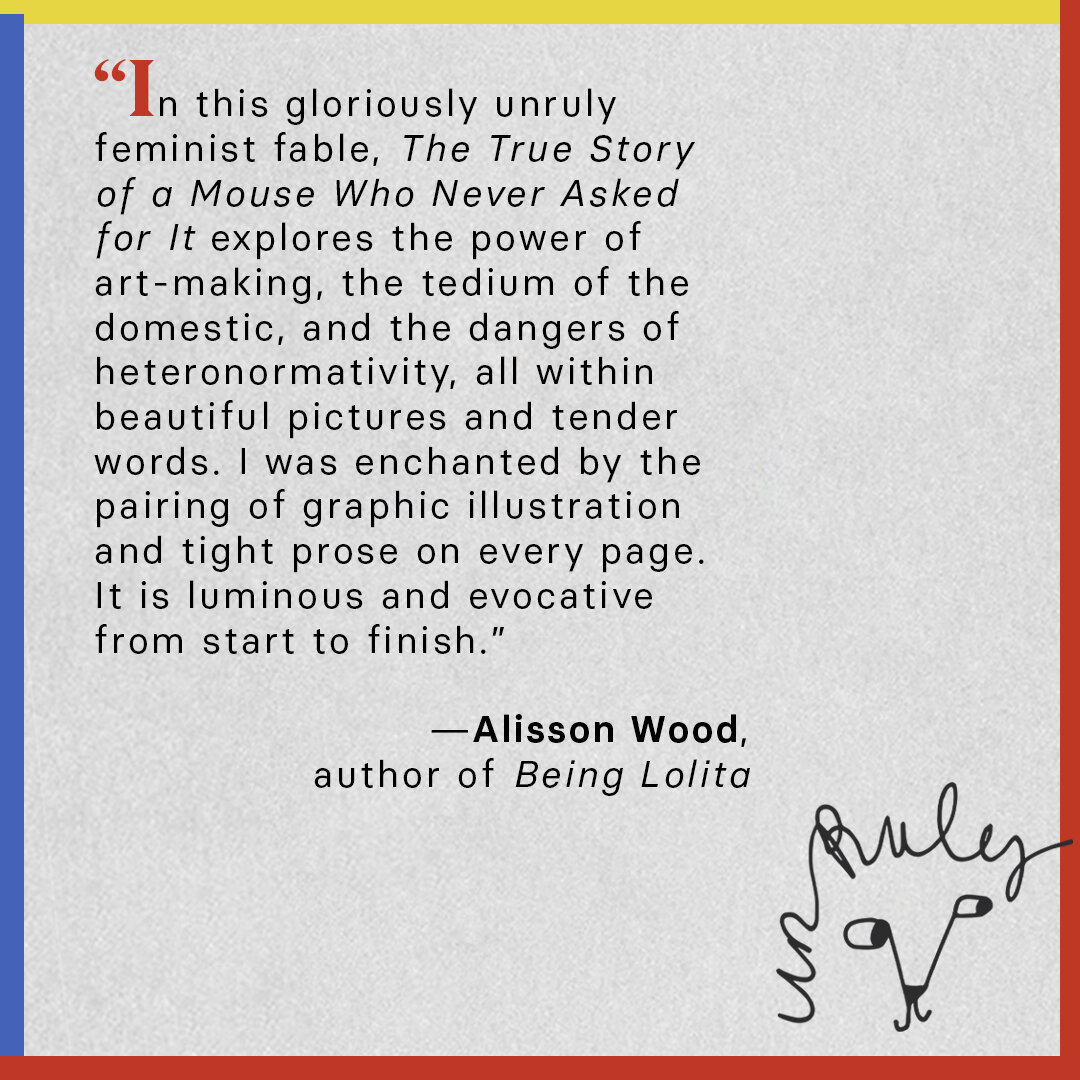


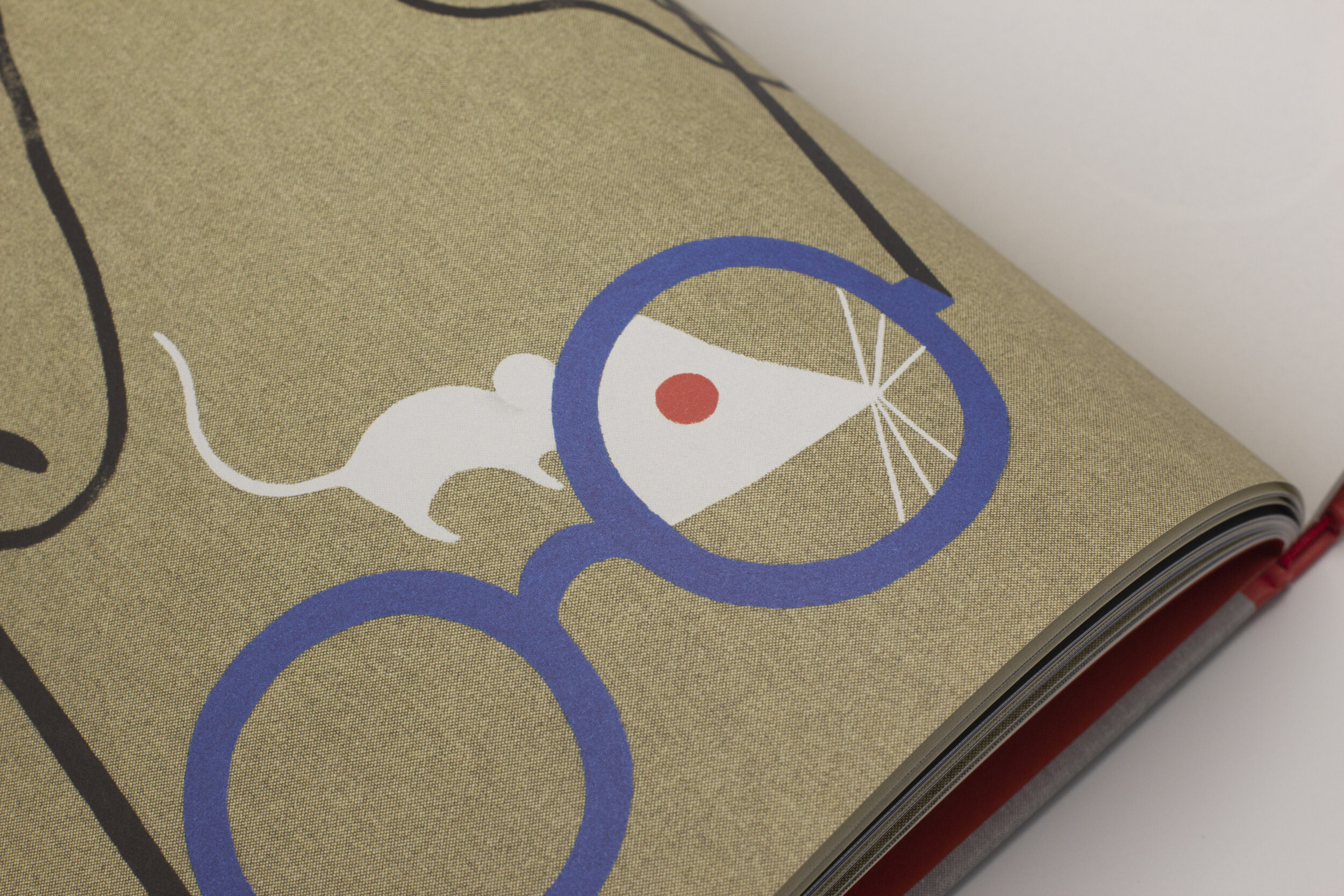
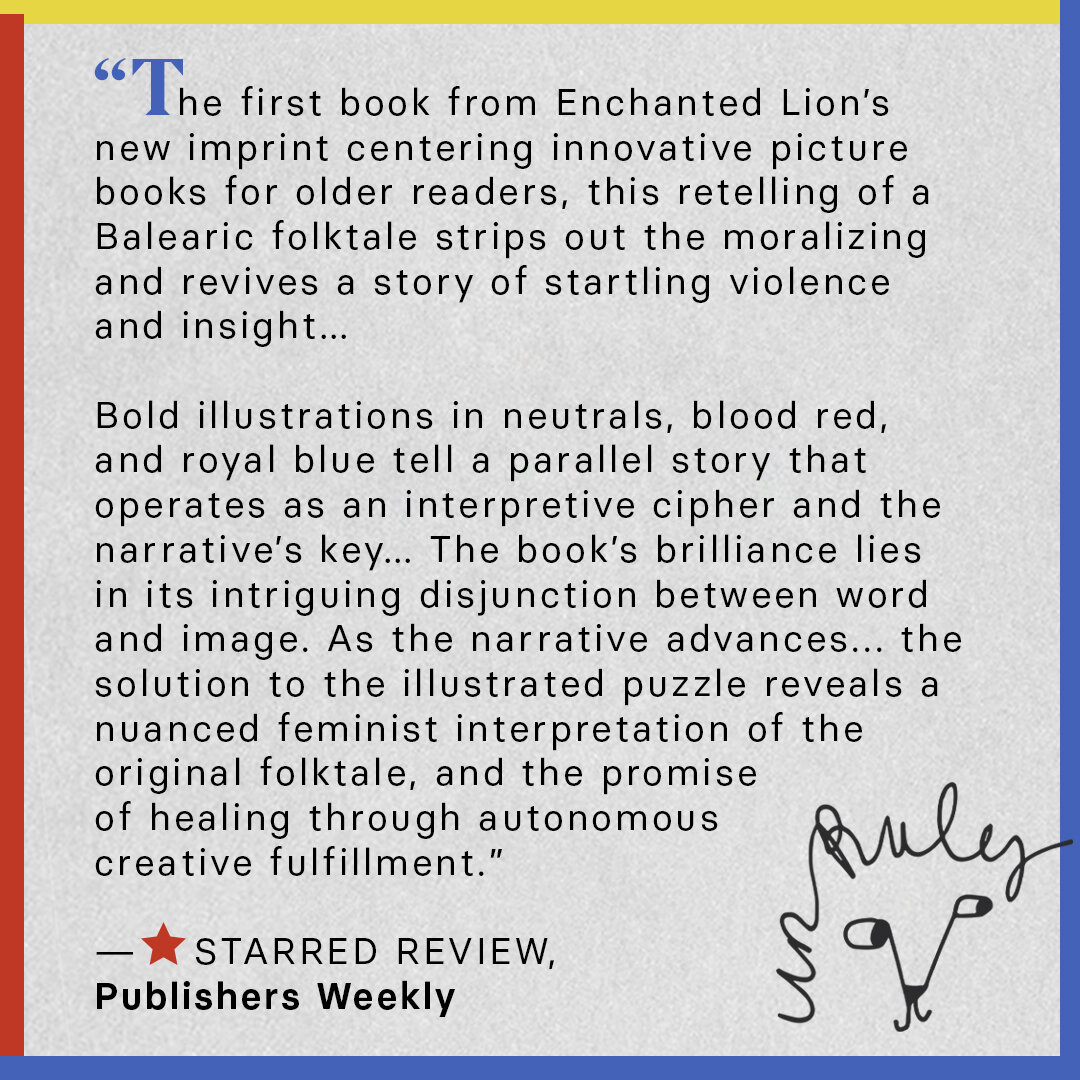

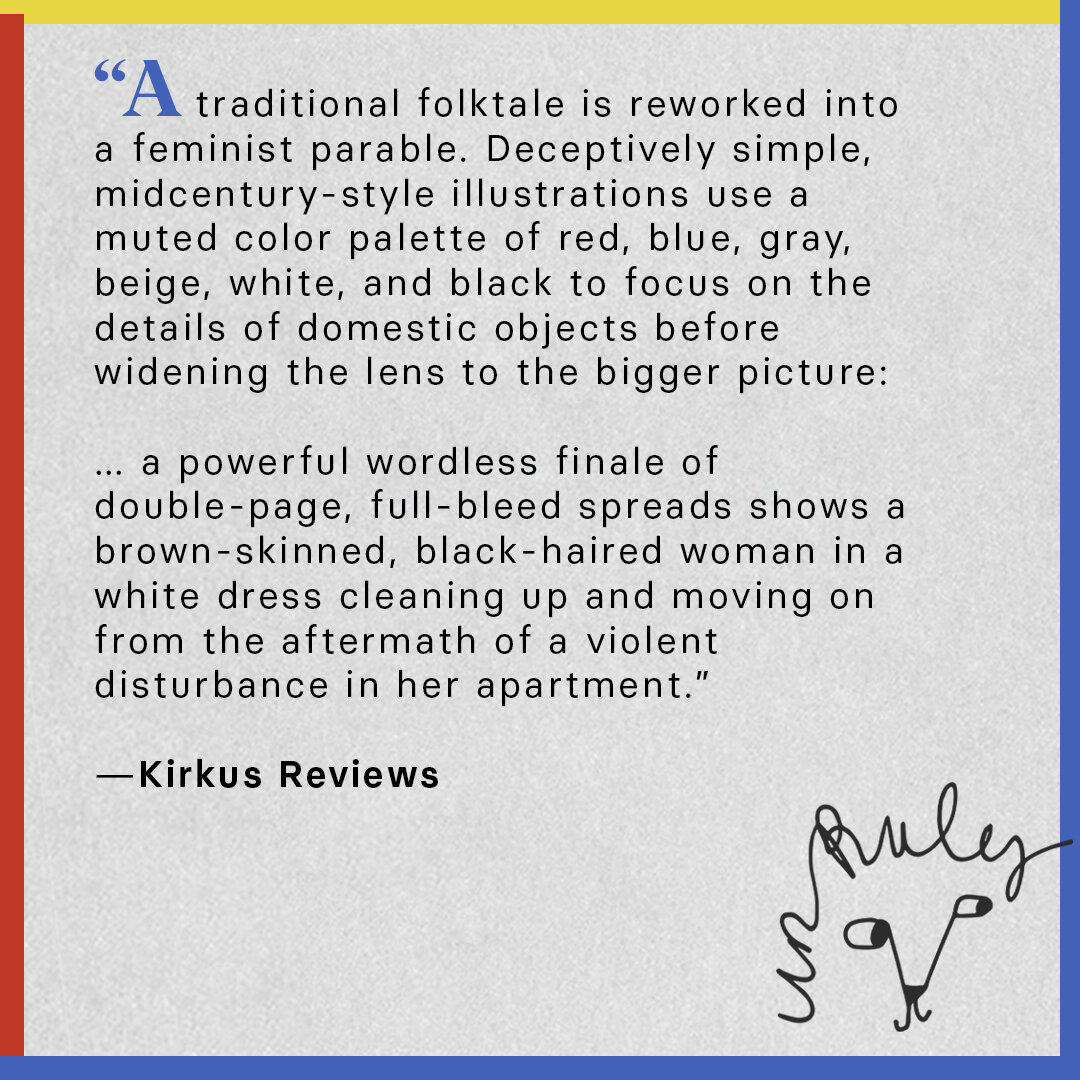
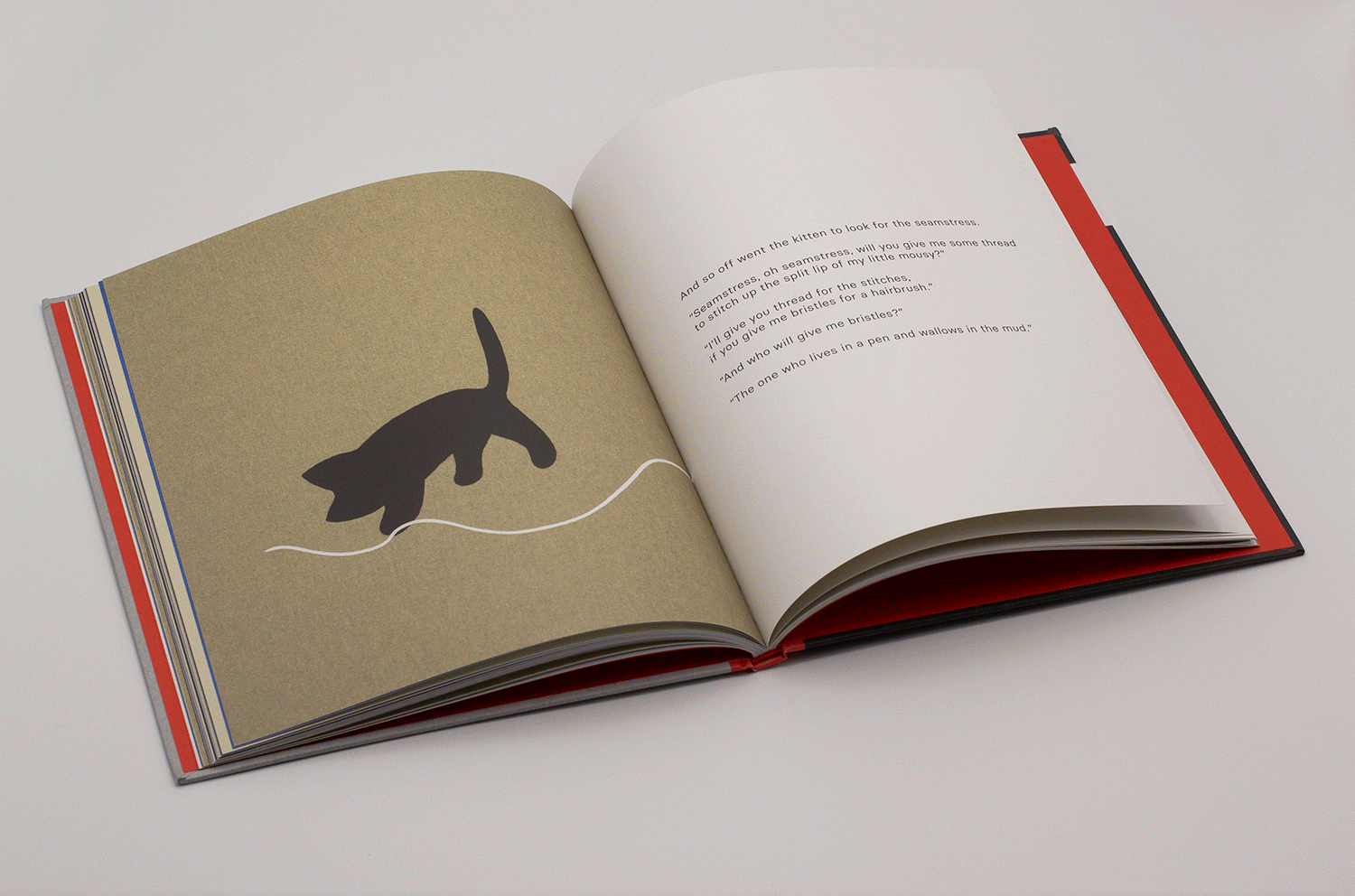



The True Story of a Mouse Who Never Asked for It
*This title is also available on Bookshop, an organization that supports independent bookstores!
Written by Ana Cristina Herreros
Illustrated by Violeta Lópiz
Translated from Spanish by Chloe Garcia Roberts
Thank you for supporting this unusual book and Unruly, a new imprint from Enchanted Lion that promises to push the limits of picture book art in challenging and exciting ways.
✨We invite you to discover more about the making of this singular picture book on our NEW Unruly site: unruly.enchantedlion.com!✨
★ A New York Times Best Children’s Book of 2021 ★
★ Selected for the Rise: A Feminist Book Project for Ages 0-18 Booklist ★
In this gloriously unruly feminist fable, The True Story of a Mouse Who Never Asked for It explores the power of art-making, the tedium of the domestic, and the dangers of heteronormativity, all within beautiful pictures and tender words. I was enchanted by the pairing of graphic illustration and tight prose on every page. It is luminous and evocative from start to finish.
—Alisson Woods, author of Being Lolita
What comes to swallow us up? Here, an old Spanish folktale about a mouse and her cat husband puts a lens onto the process whereby women lose and reclaim themselves.
The story opens with a mouse, very fastidious and hard-working, who, after finding a shiny coin, builds herself a home out of leaves of cabbage. In disbelief that she has a house but isn’t yet a wife, an array of animal suitors each make their appeal for her hand. Judging each by his ability to carry a tune, she turns them all down, until a pack of kittens arrives. Convinced by their sweet meows, she agrees to marry the smallest and most harmless of the bunch. Yet, as kittens do, he quickly grows into a cat, and consistent with his nature, devours his mouse-wife. That is the end of the folktale, but what follows here is a silent visual coda that carries the story into a whole new realm of meaning and interpretation.
This text is brought to life by Violeta Lópiz, one of the illustrators of Enchanted Lion’s acclaimed title The Forest and a visionary artist of picture-book construction and composition. After years of searching for a suitable approach, Lópiz ultimately arrived at a striking and complex visual language in a distinctive color palette of grayscale, blacks, reds, and blues that shows a magnified view of the mouse, and later, the cat, interacting with different household objects. These objects take on the roles of various settings, characters, and conceptual symbols, challenging readers to look closer in order to interpret the meaning arising from text and image together.
This singular picture book is the first under Enchanted Lion’s Unruly imprint. With its feminist themes, braided narrative, and complex visuals, The True Story of a Mouse Who Never Asked for It stakes itself as an exploration and conversation between word and image that exists beyond the category of children’s picture book.
ISBN: 978-1-59270-320-3
9.5" (W) x 11.0" (H) • 108 pages • HC
AWARDS AND REVIEWS
★ A New York Times Best Children’s Book of 2021 ★ “With spare prose and evocative illustrations, a traditional Spanish folk tale about the marriage of a mouse to a kitten who becomes a monstrous cat is transformed into a powerful parable of domestic abuse.” —New York Times
★ Selected for the Rise: A Feminist Book Project for Ages 0-18 Booklist (American Library Association Feminist Task Force) ★ “With many layers of meaning in the text and illustrations, this is both a work of art as well as a thought-provoking story that is unfortunately relevant to so many women's lives. We are grateful that it is now available in English and feel sure that it will be appreciated by many. Thank you for sharing this reimagined folktale in such a beautiful format and with such powerful and devastating impact!” —Rise: A Feminist Book Project for Ages 0-18 (Feminist Task Force of the Social Responsibilities Round Table of the American Library Association)
★ “The first book from Enchanted Lion’s new imprint centering innovative picture books for older readers, this retelling of a Balearic folktale strips out the moralizing and revives a story of startling violence and insight. When a small, white, red-eyed mouse, ‘very neat and very hardworking,’ finds a coin, she buys a cabbage and builds a house for herself out of it. She’s subsequently pursued by a series of suitors attracted by her character and her property; after rejecting donkeys, ducks, and cats as too raucous, she marries the ‘kitten that seemed the most defenseless’—with predictably disastrous consequences. Bold illustrations in neutrals, blood red, and royal blue tell a parallel story that operates as an interpretive cipher and the narrative’s key… The book’s brilliance lies in its intriguing disjunction between word and image. As the narrative advances, accompanied by images of domestic and personal objects instead of donkeys and ducks, the solution to the illustrated puzzle reveals a nuanced feminist interpretation of the original folktale, and the promise of healing through autonomous creative fulfillment.” —STARRED REVIEW, Publishers Weekly
“This young adult version of a Spanish folk tale redefines what picture books can be… The title itself is a provocation: shifting like a holograph, arch to earnest, depending on the angle from which you look. In [folklorist Ana Cristina Herreros’s] hands, the story’s sturdy heart is a female mouse who dares to make a snug home for herself alone. She then faces a succession of presumptuous suitors drawn to her ready-made house, animal swains depicted variously as folding chairs, paper fans and scissors—all objects that can be tucked tidily away, or made to extravagantly, even dangerously, take up space. The text is as rhythmic and spare as the oldest fairy tales, its water-cool tone contrasting eerily with the mouse’s escalating peril. Playing off Herreros’s words (translated from the Spanish by Chloe Garcia Roberts), Violeta Lópiz’s illustrations are appealingly concrete, with a limited palette and the warm textural fuzz of construction paper. The connection between pictures and words is often elliptical, their marriage most effective when teased out across several pages—as when, after the mouse accepts the suit of a seemingly harmless kitten, the account of her wedding night and the alarming incidents that follow is accompanied by distortions. The mouse’s stretched reflection is projected onto the side of a steaming chrome kettle, her body is doubled by the water inside a curving vase… The coupling in True Story of a resourceful mouse and a monstrous cat does not end well. But neither does the fable end with that relationship’s demise. The retold tale is capped by a wordless coda that casts the story and its imagery in a new melancholy light, stripping away the pretense of its central metaphor. This lovely mini-narrative recontextualizes objects that were previously weaponized—open scissors as suitors, a net shopping bag that trapped the mouse’s feet—and re-envisions them as the landscape of a different life: one full of hope, in which the mouse may dream herself a better story.“ —Melissa Albert (The Hazel Wood series), for the New York Times
“A traditional folktale is reworked into a feminist parable. Deceptively simple, midcentury-style illustrations use a muted color palette of red, blue, gray, beige, white, and black to focus on the details of domestic objects before widening the lens to the bigger picture: … a powerful wordless finale of double-page, full-bleed spreads shows a brown-skinned, black-haired woman in a white dress cleaning up and moving on from the aftermath of a violent disturbance in her apartment.” —Kirkus Reviews
“This collaboration between writer Ana Cristina Herreros and artist Violeta Lópiz takes on a haunting quality as it progresses. At times, the linkage between words and images is clear; at others, what seems at first to be a kind of dissonance takes on greater weight. I’m not quite sure how to classify this, but I do know that it works.” —Tobias Carroll, for Words Without Borders
